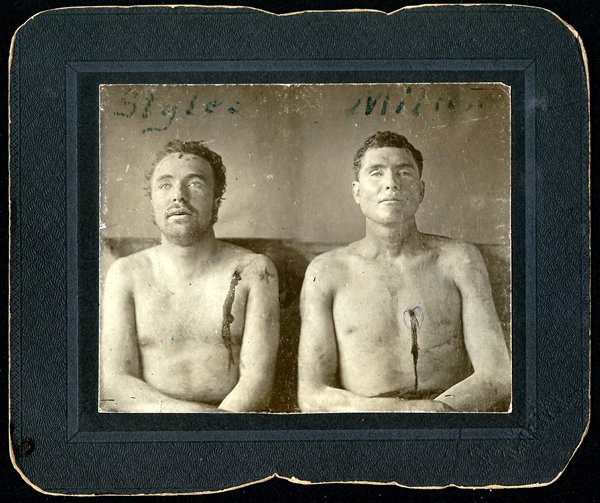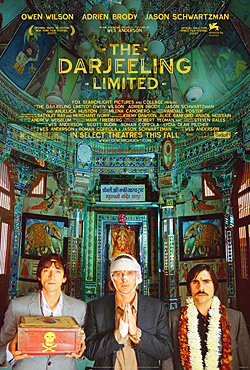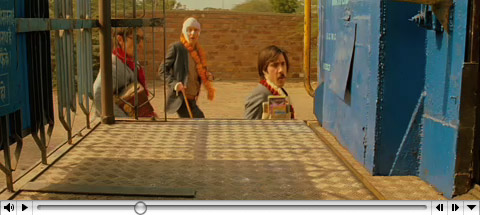Susanna Moore is a great writer I’ve recently discovered–her novel, In the Cut, was made into a film by Jane Campion in 2003 with Meg Ryan. It’s a dark movie about a reserved teacher and her erotic relationship with a cop whose investigating a possible serial killer, slightly controversial at the time because Ryan shows a lot of nudity in the film. Moore is keenly apt at portraying transformation, her characters, who appear comfortable in wholesome skins, seem to molt recklessly revealing rough underbellies that had seemingly always been there–almost a necessary seediness for their newer, grittier lives. One wonders if the author’s past as an original playboy bunny at the Hefner clubs has any part of this.
The Big Girls, set in women’s prison follows four characters, focusing mostly on an Andrea Yates type character, who has killed her children and the psychiatrist who treats her. Moore creates a subjective, sensory view of the prison, it like reading the prison diaries of Sylvia Plath if there were such a thing. Moore’s not looking for sympathy from the reader, more like palpable apathy-the killer isn’t vile but mentally ill, broken from an abused childhood–cliché, yes but so skilled in the rendering of the character and her past/present life, one forgives easily. The psychiatrist is equally a mess, with a sporadic, distant childhood, mother dead at an early age, low self esteem, broken marriage, etc .
 One Last Look
One Last Look
Moore is great at bathing scenery and character over you like a light rainfall, you’ve not aware it’s there but soon you’re soaked, seeping in it’s wondrous clarity. Her language is sparse but not terse, there’s nothing flowery here, no flowing abundance of heavy words or cleverness yet each paragraph in its simplicity is of a startlingly weight, a deep thickness to push through. Eleanor begins to comment widely on the insular, supercilious habits of the English, shows alliance with her servants, her sister has gone “native”, smoking hookahs and wrapping herself in silken robes yet her brother remains indifferent, not cruel just weary and dissapointed by his surrounding. Eleanor’s relationship with him hints strongly at incest, which doesn’t seem subversive but more oddly acceptable as their relationship is warm with mutual respect. Eventually the trio is sent out of India, back to England and Lady Eleanor becomes a displaced person, her world neither here nor there.



 Here’s a composite autopsy photo of Clell Miller & Bill Stiles, aka Bill Chadwell, members of the infamous James-Younger gang, whose star player was Jesse James. The two members were both killed at the notorious
Here’s a composite autopsy photo of Clell Miller & Bill Stiles, aka Bill Chadwell, members of the infamous James-Younger gang, whose star player was Jesse James. The two members were both killed at the notorious 

